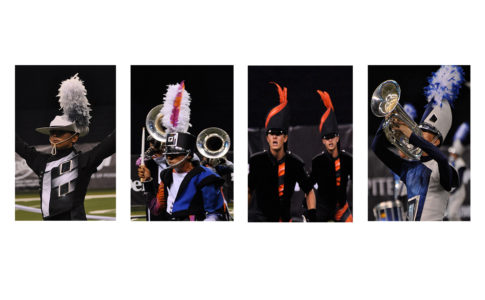As we get into the competitive part of the indoor guard season, scores and judge commentary start rolling in. I’ve seen many instructors and performers end up feeling as though the judges aren’t properly rewarding their show, especially when their scores dip mid-season. I’ve also been that instructor (and performer!) and wish I had learned more about the scoring process earlier on, so here is some information that I’ve gleaned over time.
It’s Subjective
There isn’t a cut-and-dried science to judging and assigning numbers. While there are guidelines to be followed, those guidelines—and the shows being viewed—are subject to the interpretation of individual judges.
It Depends on the Show
In addition to the fact that judging is subjective, each show has variables that can affect the final scores. One of the most common variables to impact scoring is the number of groups within a class. As they are scoring, judges need to be careful not only to maintain the correct ranking of groups but also to make sure that the spread between groups communicates the differences in performances correctly. As new groups perform, numbers may be adjusted to accomplish this goal. At shows with more groups in a class, this method of ranking and scoring can push groups higher or lower than they might have scored in a smaller show.
It’s Useful Information
Lower scores can also be caused by problems in training, performance, and show design. It’s common to get defensive when these issues are pointed out, but it’s important to take a step back and listen to what the judges say. Critique (if your circuit offers it) can be a great time to get clarification on what judges are seeing and scoring.
Obviously, it’s important for instructors to understand how their units are scored. For performers, understanding this process helps develop their skills. Your local circuit may be able to assist you in learning more.


